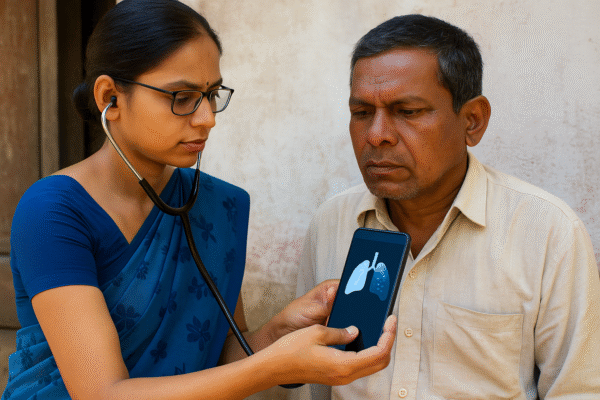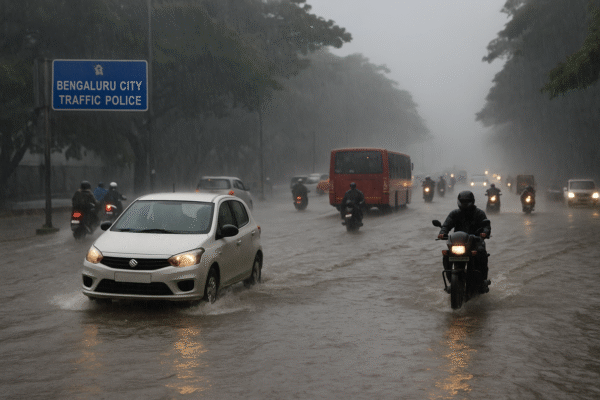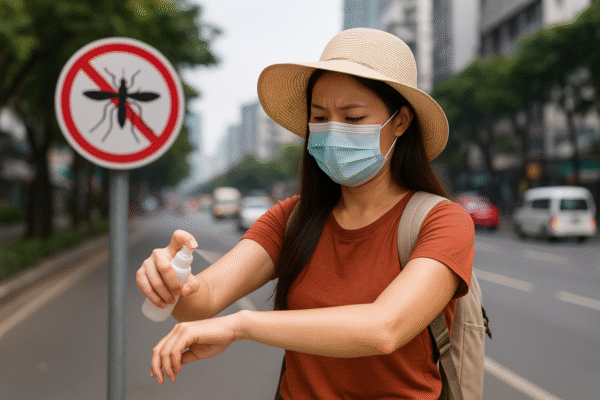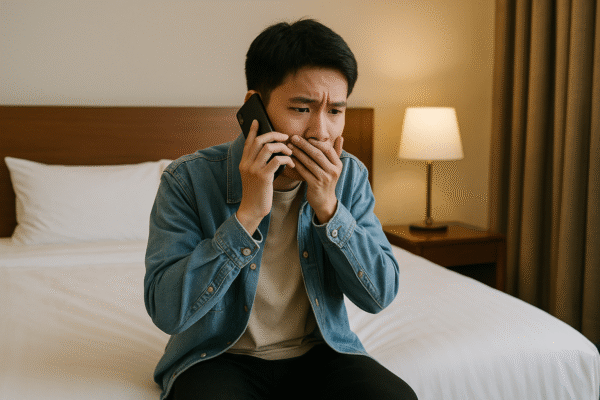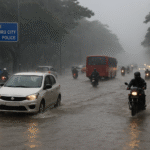A rapidly escalating outbreak of chikungunya virus has prompted the U.S. Centers for Disease Control and Prevention (CDC) to issue a Level 2 Travel Health Notice for Southern China, urging tourists and business travelers to “practice enhanced precautions.” The epicenter of the outbreak is Guangdong Province—a major commercial and tourist hub in southeastern China—where thousands of new infections have been reported in just a matter of weeks.
This health alert signals growing concerns among international health agencies about the spread of mosquito-borne diseases in Asia’s most densely populated and subtropical regions. As of early August 2025, over 7,000 confirmed chikungunya cases have been recorded, with Foshan City accounting for more than 60% of the infections.
🦟 What Is Chikungunya? Understanding the Virus
Chikungunya is a viral illness transmitted by Aedes mosquitoes, particularly Aedes aegypti and Aedes albopictus—the same vectors responsible for dengue and Zika virus transmission. The virus causes a range of flu-like symptoms, including:
- High fever
- Intense joint pain
- Skin rashes
- Fatigue
- Headaches
- Swollen joints
While the disease is rarely fatal, it can lead to debilitating long-term joint pain—especially in older adults or individuals with pre-existing conditions. In severe cases, complications such as inflammation of the heart, liver, or kidneys may require hospitalization.
📍 Guangdong Province: An Emerging High-Risk Travel Zone
Guangdong Province, which includes major cities like Guangzhou, Shenzhen, and Foshan, has seen an unprecedented surge in mosquito-borne illnesses this summer. The subtropical climate, high population density, and ongoing monsoon season have created ideal breeding conditions for mosquitoes.
The CDC’s Level 2 travel alert is meant to raise awareness for those planning to visit the region. Unlike a Level 3 alert, which recommends avoiding nonessential travel, Level 2 calls for heightened caution, especially in areas where healthcare access or language barriers may hinder quick diagnosis and treatment.
🛡️ Precautionary Measures for Travelers to China
To reduce the risk of chikungunya infection, health authorities are advising travelers to Guangdong and surrounding regions to take the following safety measures:
🧴 Use EPA-Approved Insect Repellents:
Opt for repellents containing DEET, picaridin, IR3535, or oil of lemon eucalyptus, especially during dawn and dusk when Aedes mosquitoes are most active.
👕 Dress Appropriately:
Wear light-colored, long-sleeved shirts, long pants, and socks to minimize skin exposure.
🏨 Choose Safe Accommodations:
Book hotels or homestays with air conditioning or proper window and door screens to prevent mosquitoes from entering.
🕒 Avoid Peak Mosquito Hours:
Limit outdoor activities during early morning and late afternoon, when mosquitoes are highly active.
🧳 Travel Health Kit:
Include oral rehydration salts, fever-reducing medications, and repellents in your luggage. Always keep medical insurance documentation accessible.
👩⚕️ Recognizing Symptoms Early: When to Seek Medical Help
Travelers returning from Southern China should be vigilant for symptoms of chikungunya for up to two weeks after their trip. If you experience sudden joint pain, rash, or persistent fever, consult a healthcare provider immediately.
Although there is no vaccine or antiviral treatment specifically for chikungunya, early diagnosis can help manage symptoms and prevent severe outcomes.
🌍 International Response and Ongoing Monitoring
The outbreak is not only a domestic concern for China but also a potential global health threat, especially as international travel resumes post-COVID. The World Health Organization (WHO) and the Chinese Center for Disease Control and Prevention are working in tandem to monitor the situation and initiate mosquito control campaigns across urban and rural communities.
The U.S. CDC has committed to updating its travel alerts as new data becomes available. Travelers are encouraged to consult the CDC Travelers’ Health Portal and U.S. Department of State travel advisories for the most current information.
✈️ Final Word: Travel Smart, Stay Safe
With Southern China currently facing a serious public health challenge, tourism is not halted, but informed, cautious travel is essential. Whether you’re visiting for leisure, work, or family, make health safety your top priority.
The chikungunya outbreak in Guangdong is a clear reminder that mosquito-borne diseases remain a year-round threat in subtropical zones. Taking simple but effective precautions can go a long way in ensuring a healthy and enjoyable trip.
For more travel news like this, keep reading Global Travel Wire

